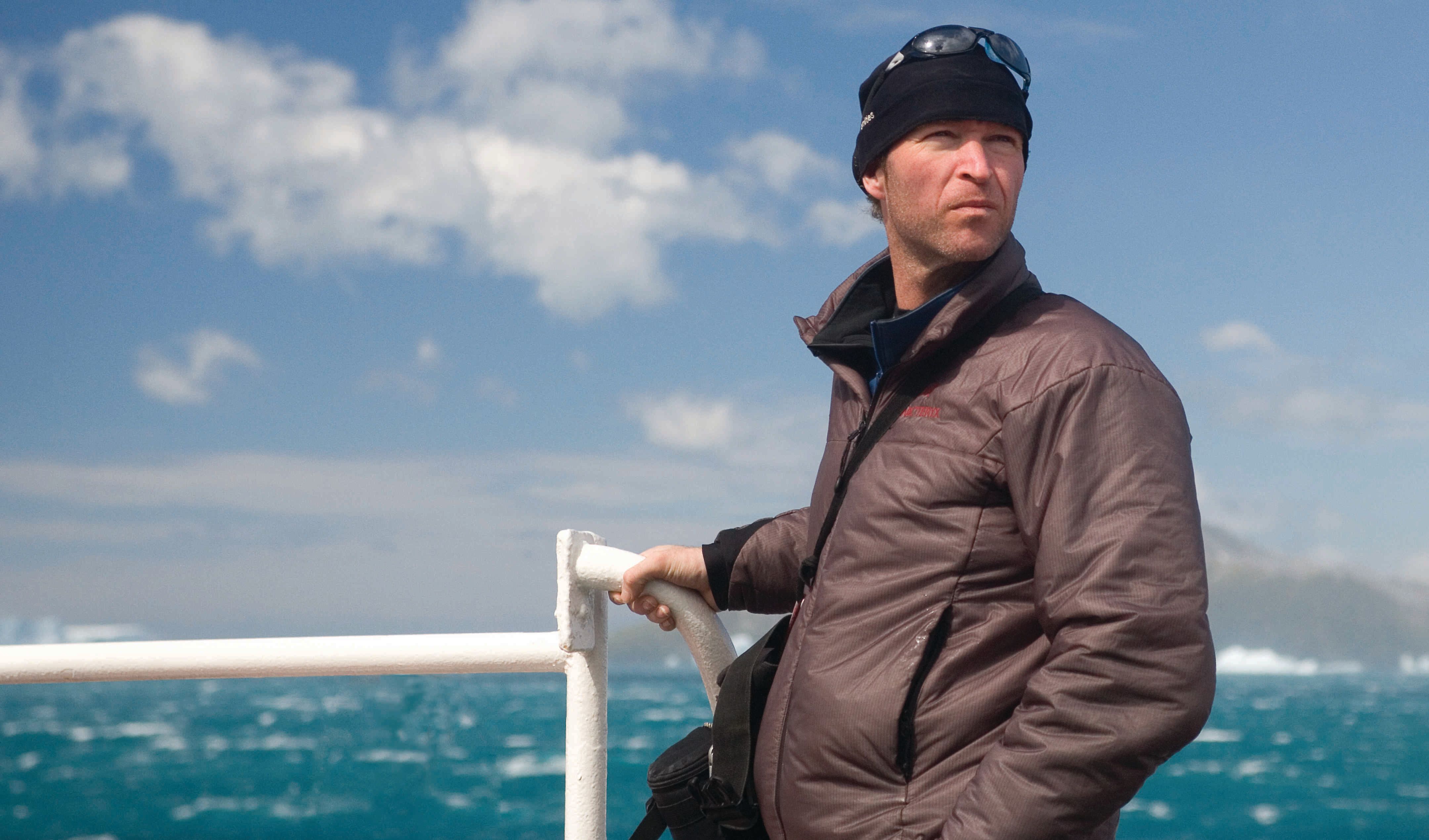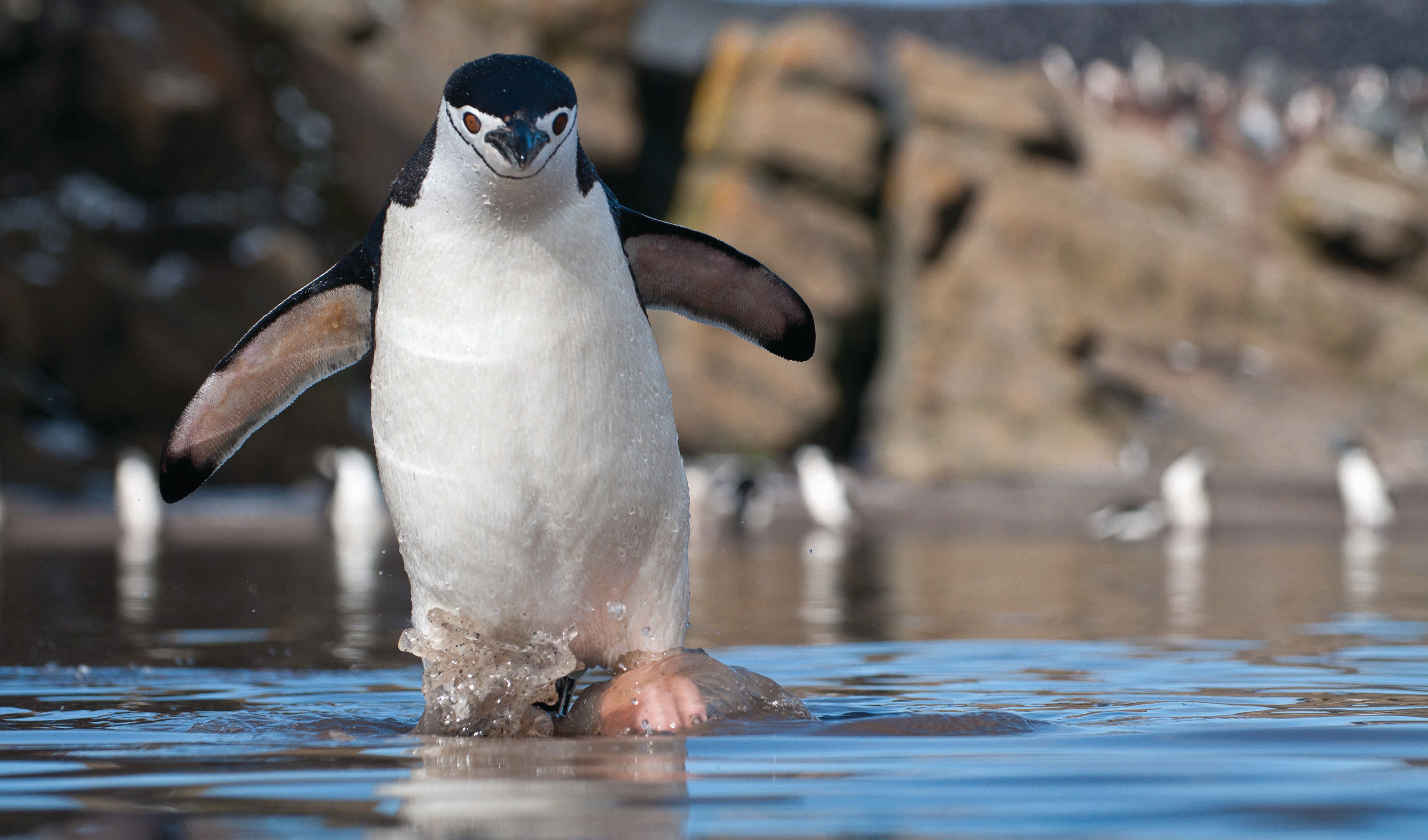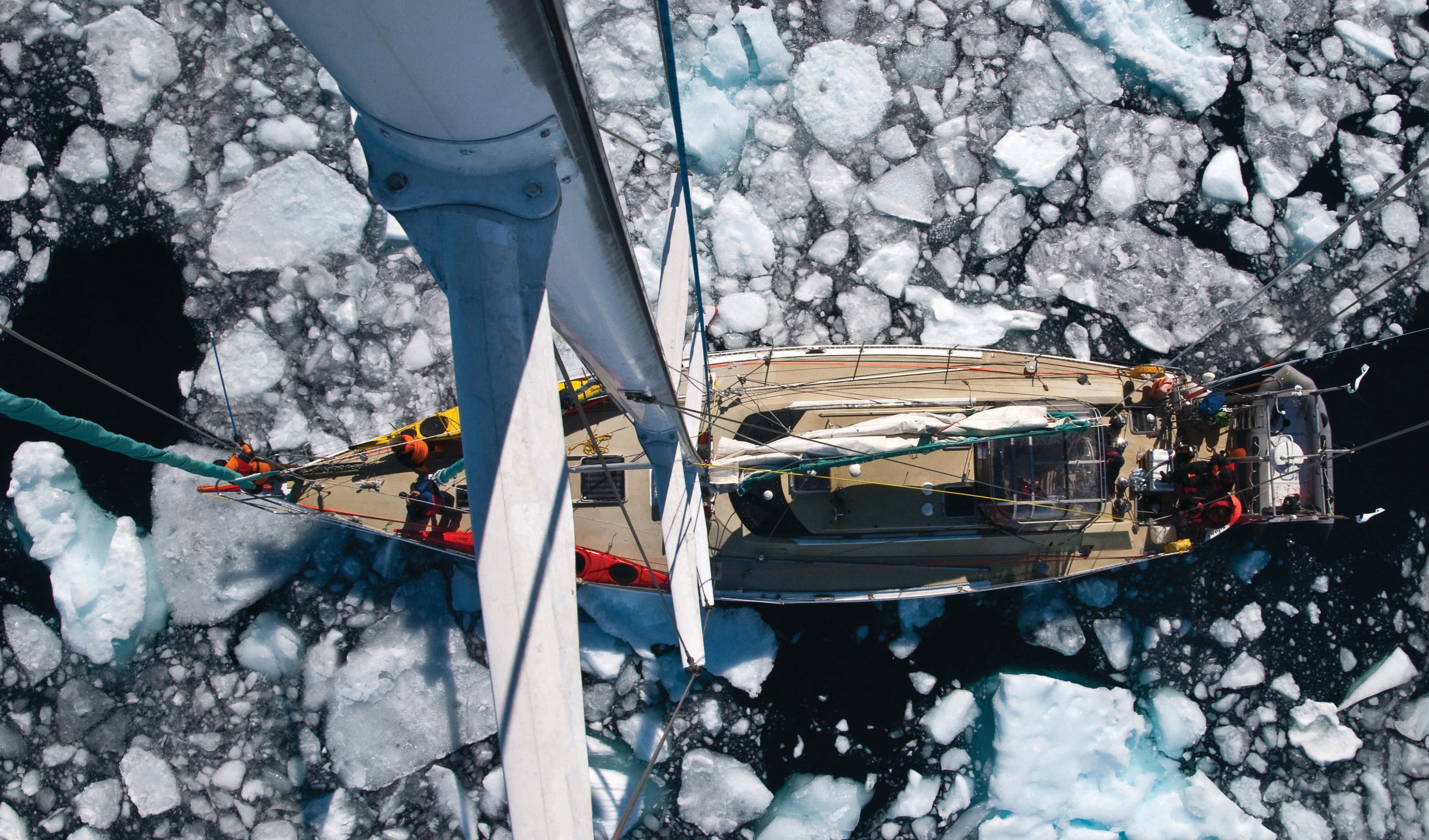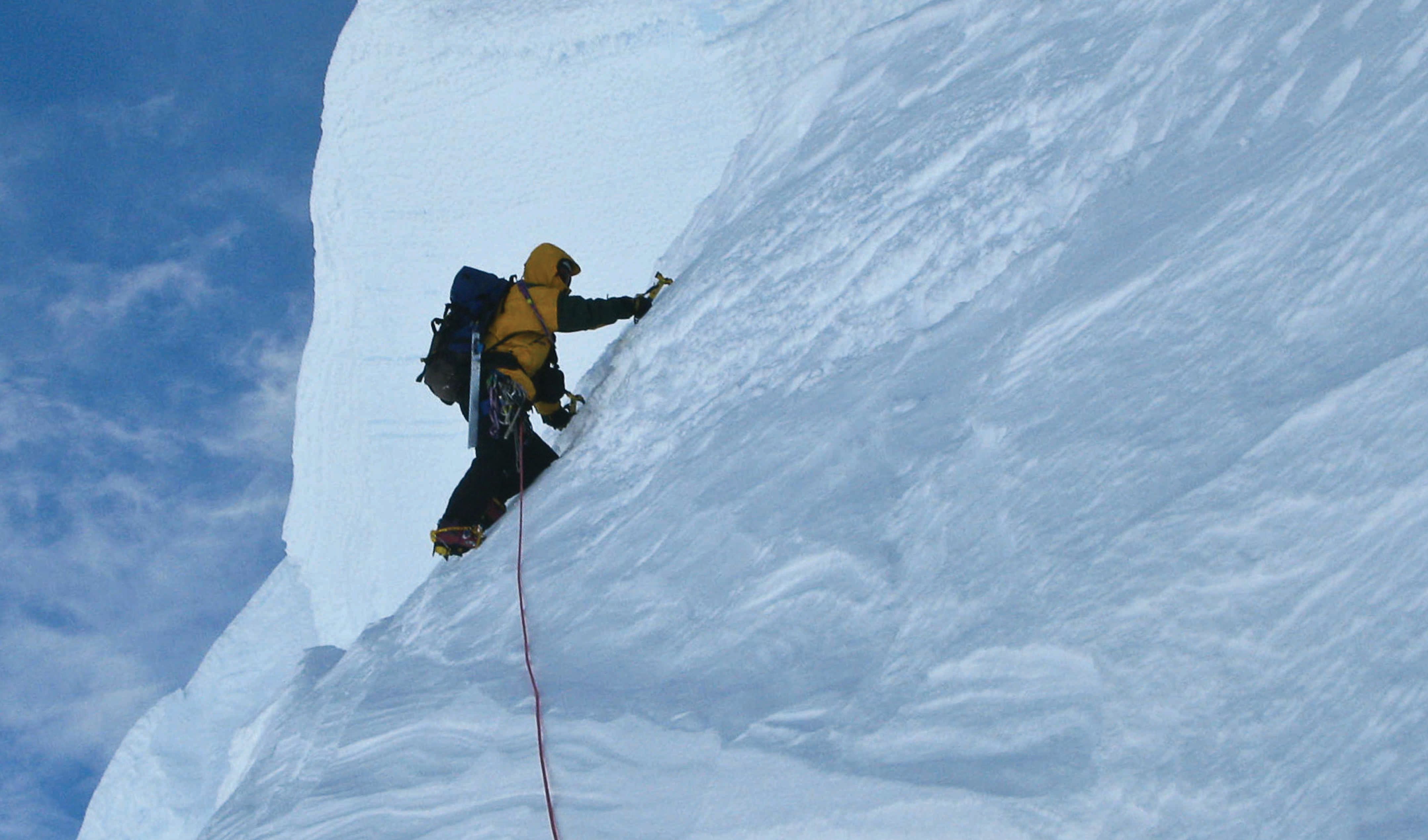Careering ahead
Frozen moments
As a rewarding way to earn a living, Phil Wickens’ (Biology 1991, PhD 1997) combination of photographing stunning wildlife and landscapes, leading expeditions up unclimbed summits and lecturing on polar biology, geology and exploration history is pretty hard to beat.
By: Nic Fleming
Occupation:
Freelance photographer, explorer, expedition guide and lecturer
Location:
Peak District, UK
First Job:
Researching biocides for building timber
Best Job:
Field assistant with the British Antarctic Survey
Greatest challenge:
Completing PhD
What do you like to photograph?
I enjoy wildlife and landscape photography but I’m a bit shy when it comes to photographing people.
How did you get into climbing and exploring?
It really started when I joined the Outdoor Club at Imperial. At one point everyone was saying they were going to organise an expedition but they didn’t, so I ended up organising one to the Pamirs, in Tajikistan, in 1992. We climbed five mountains with some new routes and first British ascents, and collected specimens for the Natural History Museum.
Did your expeditions get in the way of your studies?
No, quite the opposite. For my PhD project I was developing a method of preventing decay in building timbers. The people I was climbing with studied in a wide range of disciplines, and while on trips they would suggest different people to speak to. I ended up getting fantastic help from the Departments of Chemistry, Chemical Engineering and Chemical Technology, Civil Engineering and Mathematics, at a time when there was not much multidisciplinary research going on.
How did your last expedition go?
In November I led an Alpine Club expedition to a peninsula east of the Lemaire Channel, in Antarctica. We climbed six previously unclimbed mountains, including one called Mount Matin, which turned out to be 1,000 metres higher than it was on the map, because the explorer Jean-Baptiste Charcot compiled the original maps in 1908 using sightings made from the sea, from where only a shoulder, rather than the summit, was visible.
Why does Antarctica keep drawing you back?
Once it bites you, it doesn’t let go. It is incredibly beautiful, harsh and unspoilt.
It’s amazing to see how life has adapted to living on the extremes, and wonderful to be in a place where none of the wildlife has any fear of you. To them you are just like another penguin walking past.
Are you particularly attracted to unclimbed peaks?
Yes, there’s something attractive about going where no human has ever set foot before. It’s just like the feeling that draws you up to mountain passes to see what is on the other side, only on a larger scale. It’s certainly not about the fame, fortune and riches. Or if it is, I haven’t yet worked out how to get those yet!
What’s your top careers tip?
Those I work alongside all have a passion for what they do and the places they go. If you would happily do something without being paid, then that’s the right job for you.






